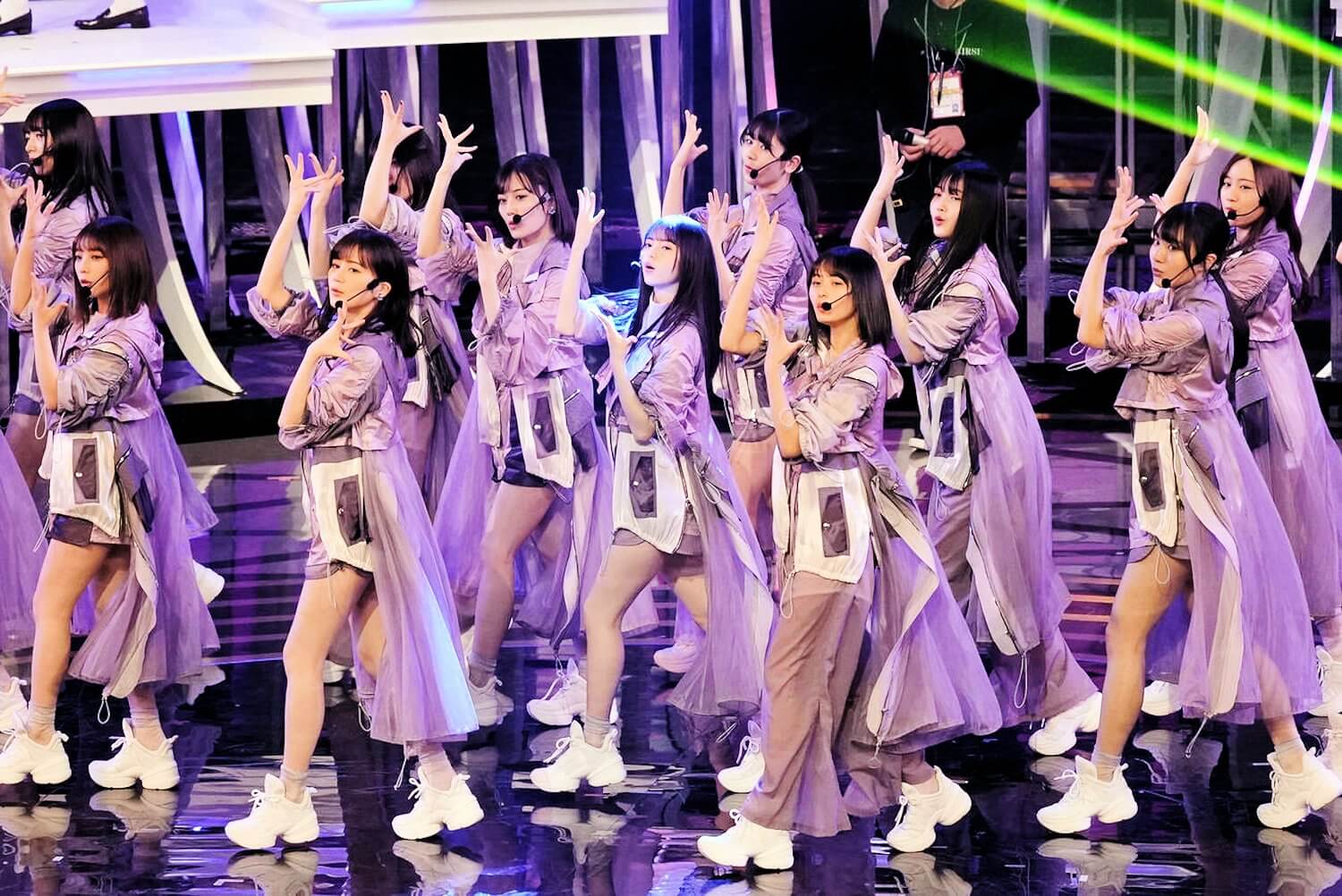Groups
Sakamichi Series: Nogizaka46 Sakurazaka46 Hinatazaka46
WACK Groups: BiSH
Japanese Idols News and Knowledge Base
Japanese Idols News and Knowledge Base

In the world of Japanese pop music, idol groups are a staple. These groups are made up of young, talented performers who sing and dance their way into the hearts of fans all over Japan and beyond. A key aspect of their performances is the choreography, which is carefully crafted to complement the music and showcase the group’s strengths. In this article, we will explore the art of choreography in Japanese idol group performances, from its role in creating a cohesive group identity to the challenges of creating memorable routines.
One of the key functions of choreography in Japanese idol group performances is to create a cohesive group identity. Unlike Western pop groups, where individuality is often celebrated, Japanese idol groups strive for uniformity and synchronization. This is achieved through the use of precise and intricate choreography that emphasizes the group’s collective movements.
For example, the popular group AKB48 is known for its complex formations and tightly synchronized dance routines. Each member of the group has a specific role to play in each performance, and the choreography is designed to highlight their strengths while still maintaining the group’s overall unity.
While the goal of choreography in Japanese idol group performances is to create a cohesive group identity, it’s also important for routines to be memorable and captivating. With so many idol groups competing for attention, choreographers must constantly come up with new and exciting routines to keep fans engaged.
This can be a challenge, as idol groups typically have a heavy performance schedule and may not have much time to rehearse new routines. However, many choreographers are able to overcome this obstacle by incorporating unique and unexpected elements into their choreography.
For example, the group Perfume is known for its use of futuristic and avant-garde choreography, which sets them apart from other idol groups. By incorporating these elements into their performances, they are able to create a distinctive brand identity and attract fans who appreciate their innovative approach.
Choreography in Japanese idol group performances is more than just a tool for creating a cohesive group identity and engaging fans. It also has cultural significance, reflecting Japan’s love of precision and attention to detail.
In addition, the rigorous training that idol group members undergo to master their choreography is seen as a reflection of Japan’s work ethic and dedication to excellence. By watching idol group performances, fans are able to experience and appreciate these cultural values in a fun and entertaining way.
Choreography plays a vital role in Japanese idol group performances, serving both artistic and cultural functions. From creating a cohesive group identity to engaging fans and reflecting cultural values, choreography is an essential element of the Japanese pop music scene. As idol groups continue to gain popularity both in Japan and around the world, it’s clear that the art of choreography will remain an integral part of their performances for years to come.